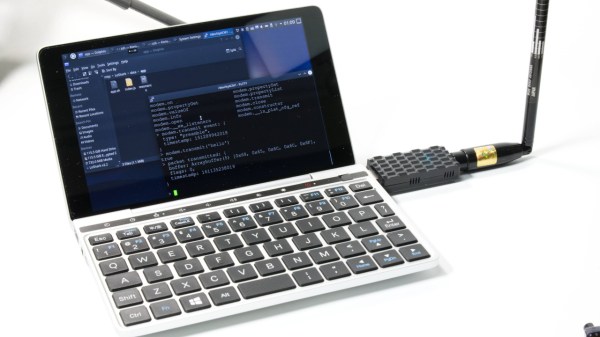So what does WinRAR, day trading, and Visual Basic have in common? If you guessed “elaborate malware campaign aimed at investment brokers”, then you win the Internet for the day. This work comes from Group-IB, another cybersecurity company with a research team. They were researching a malware known as DarkMe, and found an attack on WinRAR being used in the wild, using malicious ZIP files being spread on a series of web forums for traders.
Among the interesting tidbits of the story, apparently at least one of those forums locked down the users spreading the malicious files, and they promptly broke into the forum’s back-end and unlocked their accounts. The vulnerability itself is interesting, too. A rigged zip file is created with identically named image file and folder containing a script. The user tries to open the image, but because the zip is malformed, the WinRAR function gets confused and opens the script instead.
Based on a user’s story from one of those forums, it appears that the end goal was to break into the brokers’ trading accounts, and funnel money into attacker accounts. The one documented case only lost $2 worth of dogecoin.
There was one more vulnerability found in WinRAR, an issue when processing malicious recovery volumes. This can lead to code execution due to a memory access error. Both issues were fixed with release 6.23, so if you still have a WinRAR install kicking around, make sure it’s up to date! Continue reading “This Week In Security: WinRAR, DNS Disco, And No Silver Bullets”
















